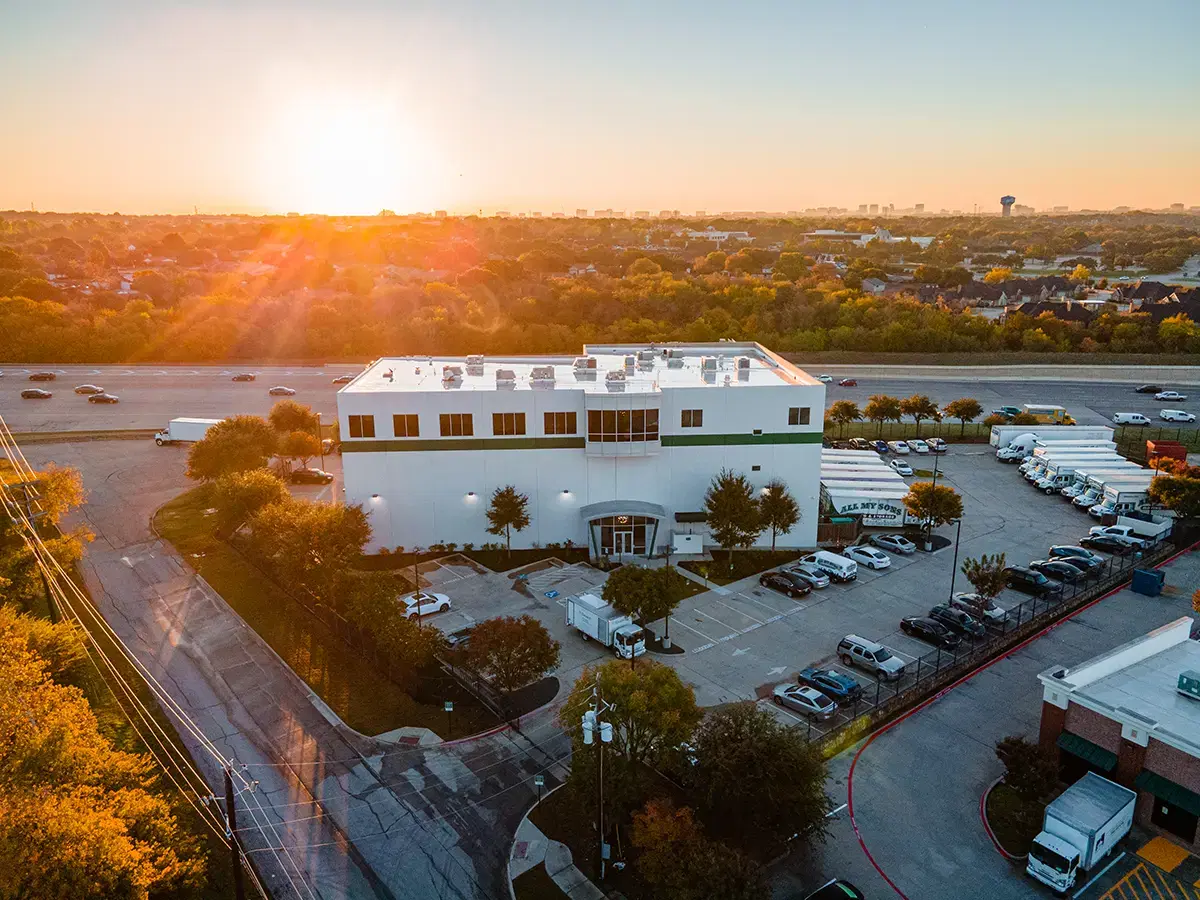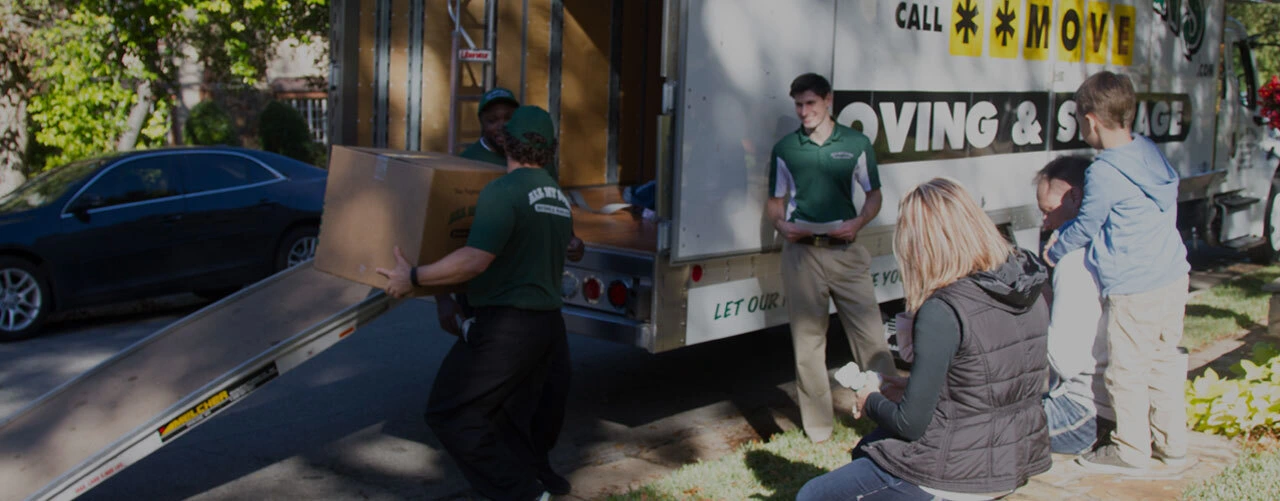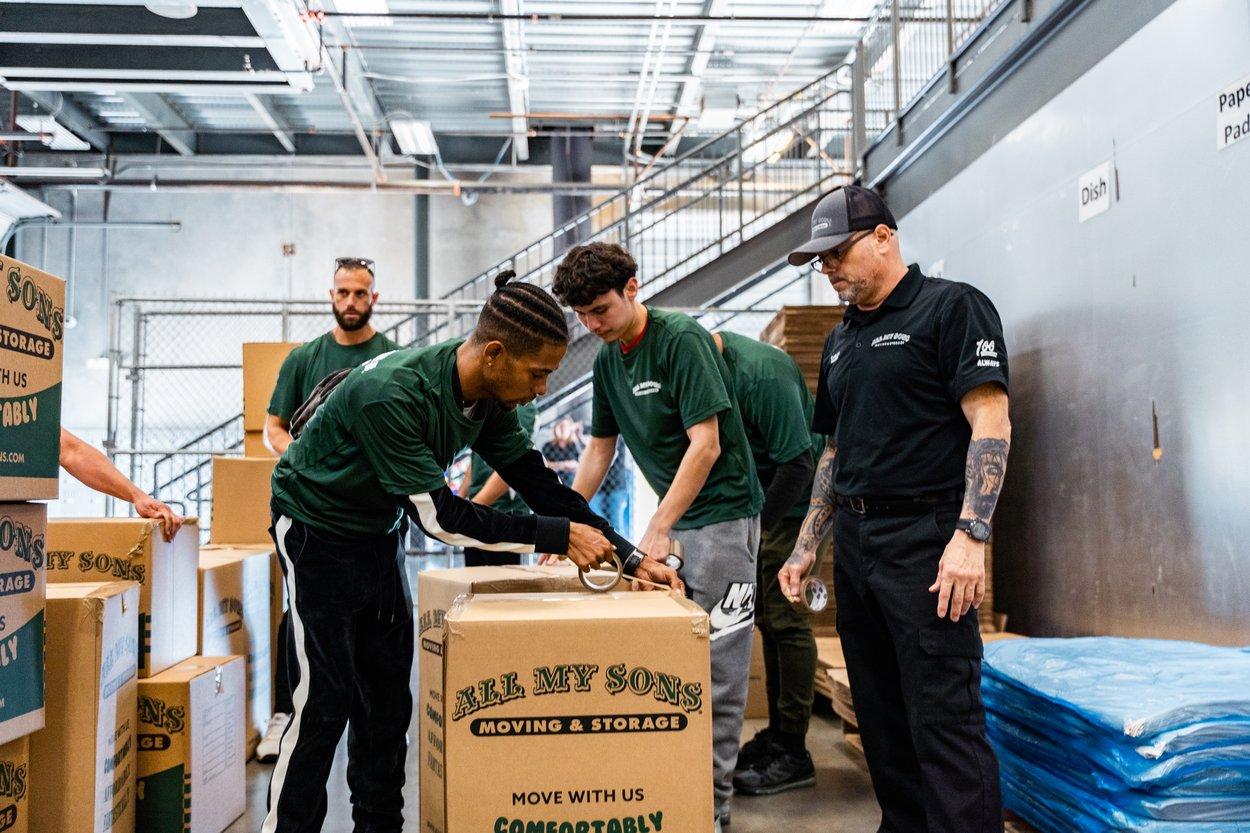Get Packed for the Office Move
The experts performing commercial moving services and corporate moving services at All My Sons Moving & Storage offer a packing checklist to ensure your office move goes smoothly.
Will your office be making a big relocation? Getting a business packed up and moved involves a number of complicated logistics from coordinating with your employees to determining how to best move specialized equipment. After over 30 years in the moving industry, All My Sons Moving & Storage has seen every kind of office move imaginable and we would be delighted to help you get ready for your business’s next relocation.
Here are some moving tasks you should aim to get completed before the office move, and a checklist for office packing.
Prior to Packing for the Office Move
You should begin preparing your business for the office move the moment you know you are moving. Once the ink on your new lease contract is dry, or even before you sign it, you should start taking these steps.
Review Old and New Leases: Read through your old lease first to determine if there’s any items you need to consider as you are moving out. If you are breaking a lease early, incorporate any fees or lost deposits into your moving budget. Review your business’s new lease for the next office space and make certain you understand all the terms and conditions you are entering into for this next phase of your business’s life.
Create a Detailed Moving Plan: Small offices might be able to get away with one person acting as a moving coordinator and keeping one detailed moving checklist. If you have a very large office space you may need to delegate certain moving tasks to different employees to ensure you stay on track for the duration of the move. Set deadlines for when tasks such as scheduling disconnection of utilities, decommissioning the building, and performing a data backup need to be accomplished by.
Craft Your Business Moving Budget: Determine what funds your business has to spend on movers and moving supplies. Factor in any lost revenue from downtime and minimal productivity during the move.
Announce Move to Employees, Clients, and Vendors: Tell employees about the upcoming move first and be available to answer any new questions about commuting, working remotely, or adjusting to hybrid work. The next entities you should inform about your move include your clients, customers, vendors, and any business partners who have your address. Finally, alert any interested government entities such as the IRS with form 8822-B.
Declutter the Office: Moving is a great time to evaluate all the items your office keeps and decide what comes with you on the move and what goes. If you need to get rid of many office items before a move consider calling a junk removal company like Junk.com for quick, affordable, and eco-friendly disposal of all your unwanted office items.
Create or Update Your Business Inventory: Your business should always keep an inventory list of all your business assets. If you do not yet have a business inventory for your office, now is a great time to create one. Use your business inventory to keep track of items as you pack them.
Perform a Data Backup: Before any computers goes into boxes, you should have employees backup all essential data and files. Keep backups in separate hard drives or in your business cloud storage.
Plan for Storage: Look into full-service storage for your business move if you require extra space during this transition period. With full-service storage, your business assets can be packed, stored, and then delivered back to your new location all by your professional movers.
Gather Supplies: Purchase or gather moving supplies including boxes, bubble wrap, packing paper, and high-quality tape. If your employees are each required to clean out and move their personal items from their desk spaces, then provide one medium moving box to each employee.
Determine Your Office Essentials: What is the minimum your office needs to run efficiently? Designate some computers, desks, and other office supplies as office essentials. These are the items you will use to keep the business running until the moment of your move and the items that will need to come out of boxes again right as you arrive at your destination to begin work anew in the next office space.
Pack the Office
Now that you are adequately prepared for your office move, it's time to start packing. This is an example order of how to pack office items. Your movers should put non-essential items in the back of the moving truck so that you can load and unload essentials last.
Office Storage: Raid the office closets and storerooms. The first items that should be packed and banished to the back of the moving truck should be the items that your business does not require to run efficiently. These include your legion of back storage documents and files, the office holiday decorations, and any spare technology you keep on site.
Office Décor: After the back closets get packed, the next items that can safely go into boxes and the back of the moving truck are your office décor pieces. Check to ensure these pieces will work in your new space before you pack them. If they clash with the new carpet or are too large for the empty wall spaces, then offload them by donating, discarding, or calling for junk removal before the move. Pack the office décor and artwork that you are taking with you carefully and then proceed to packing the rest of the office.
Office Furniture: Start with furniture pieces in lobby areas and break rooms, then move up the hierarchy of need to the desks and desk chairs your employees use on a regular basis.
Office Technology: Computers, monitors, printers, and copiers can go into boxes next. Separate any laptops that might need to work remotely for a little while, and always pack the computers that need to be up and running at the new office space immediately with the office essentials.
Specialized Equipment: Depending on the type of work you do in your office space, you might have specialized equipment such as 3D printers, laser engraving machines, or a delicate office jumbotron. These items will require unique packing materials such as custom crates in order to keep them safe during your move. Be sure to hire professional movers who have extensive experience handling unique office equipment pieces.
Office Essentials: The items that should go on your moving trucks last will be the items you want to unload first-thing at your destination. Return to the list of office essentials you created earlier and put these items in special boxes that are clearly labeled as office essentials. You will unpack these items at your destination first so that your office can resume operations as soon as possible.
Setting Up Business in the New Location
Once all your office items are loaded up, you and your movers can drive off into the sunset and off to the next chapter for your business. Once at the new office space, ensure your necessary utilities are connected, unload the business essentials, and get back to work as soon as you’re able.
Looking at movers to help your company make an office relocation? Get a quote from All My Sons Moving & Storage, the professional movers with extensive experience doing office moves. All My Sons has a nationwide presence and can take your company local to that new office suite down the street or long-distance to set up your office in a new city. Click the quote button below to get started on your office move.
Quick Moving Tips

How to Move with Unexpected Weather
Professional movers like All My Sons Moving & Storage know a few tips and tricks for how to navigate all kinds of moving challenges, including bad weather.

Final Moving Tasks Checklist
Before you go, complete these five final moving tasks to ensure everything is in order for you to leave your old home behind.

How to Save Money on Your Move Before the Holiday Season
Will you be moving before or during the holidays? Between holiday shopping and your move, dollars need to stretch as far as possible.


